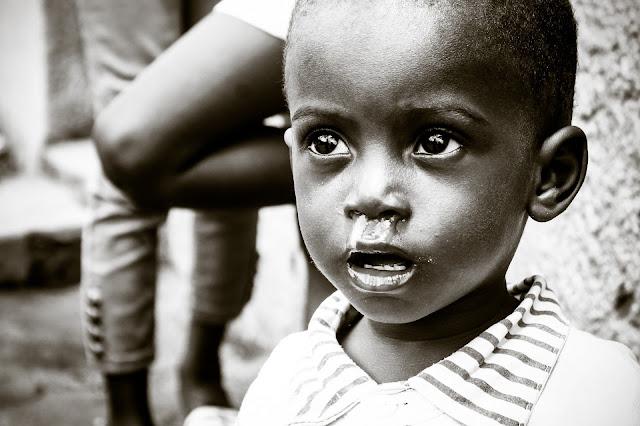Pakistan is a country located in South Asia, bordered by India to the east, Afghanistan and Iran to the west, and China to the north. It is the sixth-most populous country in the world, with a population of over 220 million people. The country has a rich cultural heritage, with a long history that dates back to the Indus Valley Civilization, one of the world's earliest civilizations.
Pakistan is a diverse country, with a mix of different ethnic and linguistic groups, and is home to a variety of landscapes, including the Himalayan mountain range, the Indus River valley, and the Thar Desert. Despite facing numerous challenges, including poverty, terrorism, and political instability, Pakistan remains a crucial player in regional politics, and has a vibrant economy, with significant potential for growth in industries such as textiles, agriculture, and information technology. Here Top 10 Diseases in Pakistan are discussed in below
1.
Cardiovascular Diseases:
Cardiovascular diseases, such as heart attacks and strokes, are the leading
cause of death in Pakistan. Risk factors include high blood pressure, tobacco
use, unhealthy diet, and physical inactivity.
2.
Diabetes: Diabetes is a
growing health concern in Pakistan, with an estimated 8.3 million people living
with the disease. Risk factors include obesity, unhealthy diet, and a sedentary
lifestyle.
3.
Cancer: Cancer is the
third leading cause of death in Pakistan, with common types including breast,
lung, and gastric cancer. Risk factors include tobacco use, exposure to
environmental toxins, and unhealthy diet.
4.
Respiratory Diseases:
Respiratory diseases, such as chronic obstructive pulmonary disease (COPD) and
pneumonia, are prevalent in Pakistan due to air pollution, tobacco use, and
poor sanitation.
5.
Kidney Diseases: Kidney
disease is a growing concern in Pakistan, with risk factors including high
blood pressure, diabetes, and the use of certain medications.
6.
Hepatitis B and C:
Hepatitis B and C are widespread in Pakistan, with the majority of cases being
caused by contaminated needles and unprotected sex.
7.
Malaria: Malaria remains
a major health concern in Pakistan, particularly in rural and impoverished
areas where access to preventive measures and treatment is limited.
8.
Tuberculosis (TB): TB is
a leading cause of death in Pakistan, with the country having one of the
highest rates of TB in the world. Risk factors include poverty, overcrowding,
and poor nutrition.
9.
Dengue Fever: Dengue
fever is a mosquito-borne illness that is becoming increasingly common in
Pakistan, particularly during the monsoon season.
10. Malnutrition: Malnutrition, particularly among children, remains a
serious health issue in Pakistan. Risk factors include poverty, poor diet, and
limited access to healthcare.
In conclusion, Pakistan faces significant challenges in addressing
the health needs of its population. Addressing these challenges will require a
multi-faceted approach, including improved access to healthcare, better disease
prevention and control measures, and education on healthy lifestyles.




0 Comments